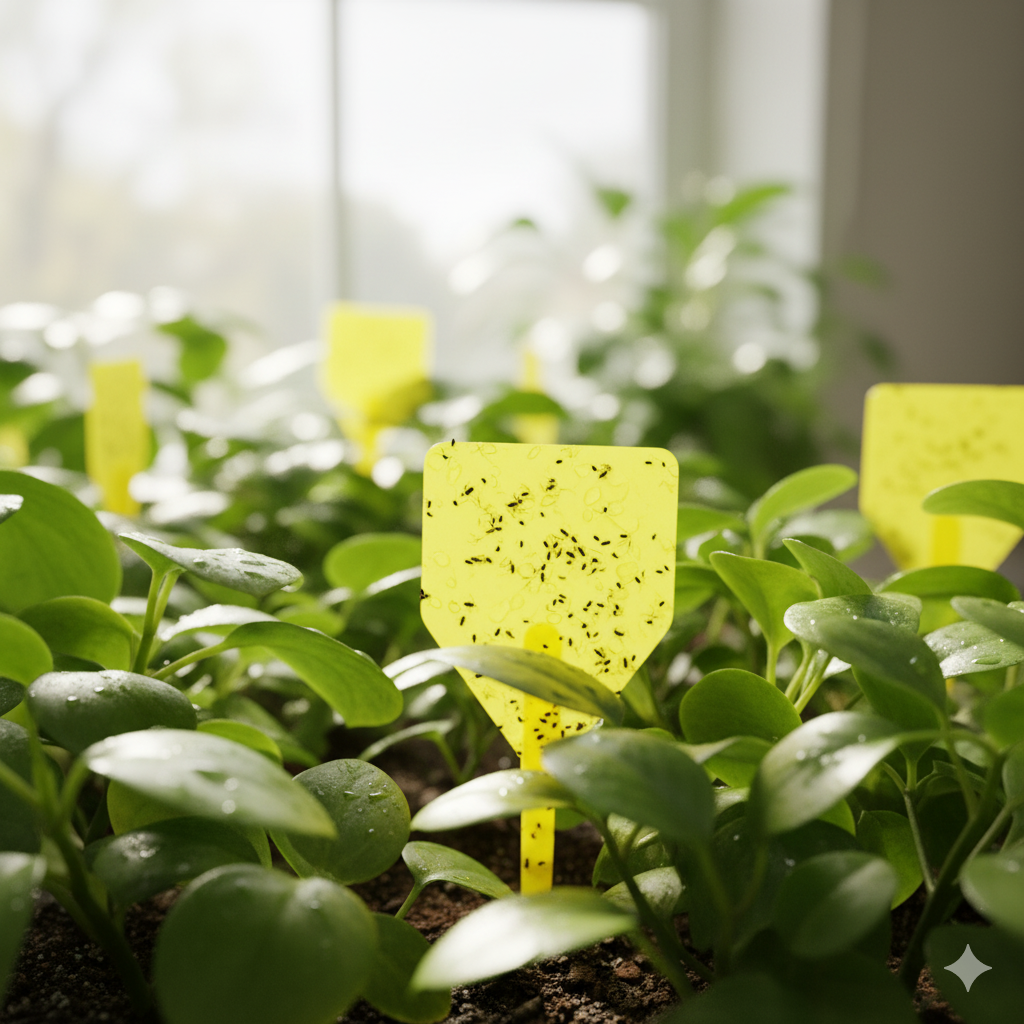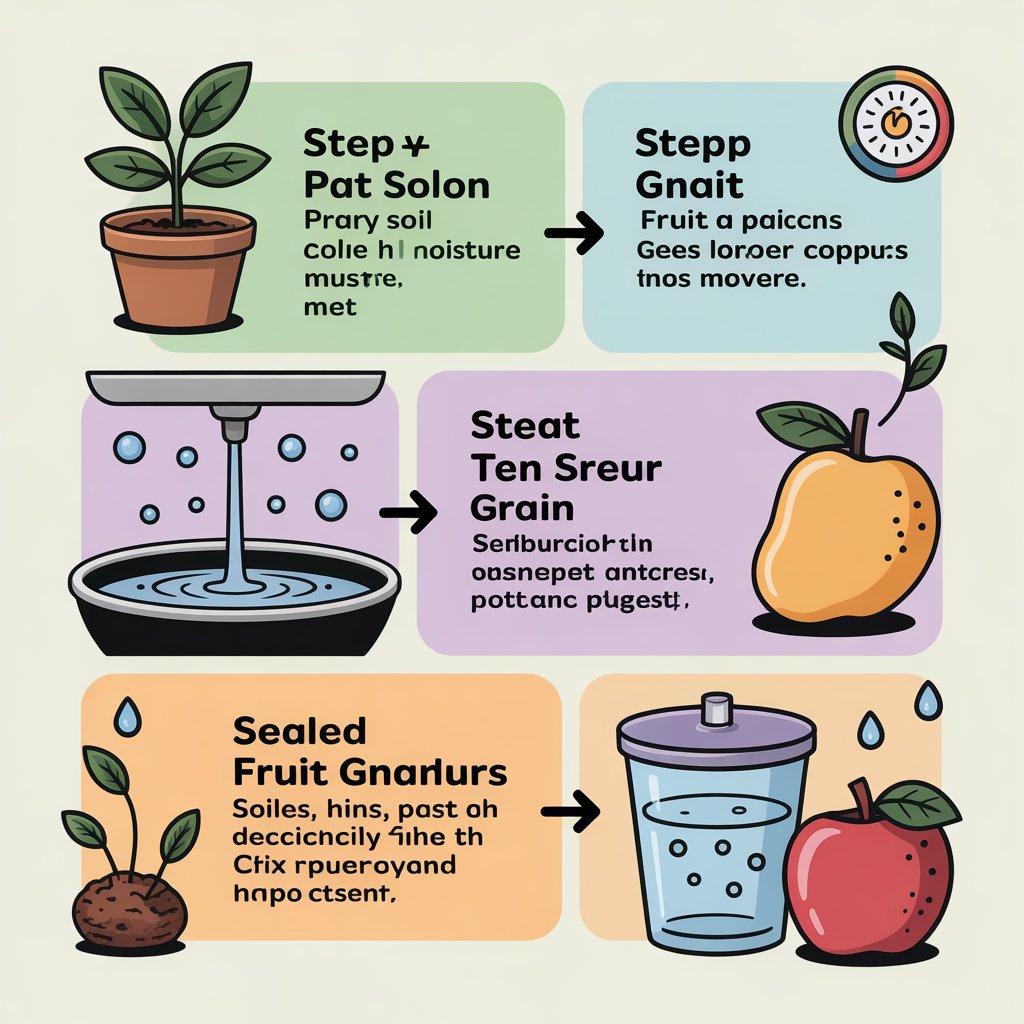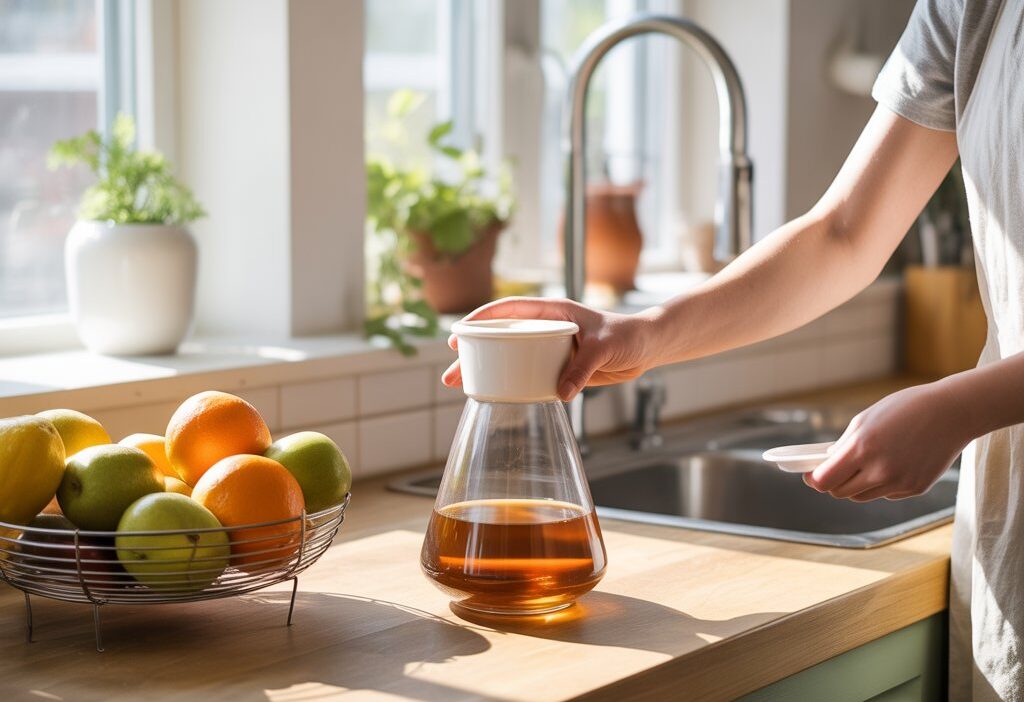It starts as a tiny annoyance — one gnat hovering near your fruit bowl. Then, another. Before you know it, your kitchen feels like a buzzing cloud of tiny intruders. Gnats may be small, but they can turn peaceful moments into frustration. Whether they’re fruit flies in your kitchen, fungus gnats in your plants, or drain flies in your bathroom, you can take control. This complete, expert-tested guide will help you understand what causes gnat infestations and how to get rid of gnats fast, and how to prevent them from ever returning.
Understanding the Gnat Problem
Gnats aren’t a single species but a group of small flying insects that thrive in damp, organic-rich environments. The three most common types are:
Fruit Flies: Attracted to ripened fruit, sugary liquids, or fermenting foods.
Fungus Gnats: Found in overwatered houseplant soil or damp compost.
Drain Flies: Thrive in sink drains, garbage disposals, or moist bathroom areas.
Each species needs moisture and organic matter to breed. A few unnoticed spills or a soggy potted plant can create the perfect home for hundreds of gnats. Identifying which type you’re dealing with helps you choose the right removal method.
Pro Tip: Check hidden spots — under the sink, behind appliances, or inside trash bins — for decaying materials or standing water.
Method 1: Homemade Gnat Traps That Work
Homemade traps are an affordable and effective first line of defense. These non-toxic solutions use ingredients you likely already have.
1. Vinegar and Dish Soap Trap
Mix ¼ cup apple cider vinegar, a tablespoon of sugar, and a drop of dish soap in a small bowl. Cover it with plastic wrap, poke a few holes, and place it near fruit or sinks. Gnats are drawn to the vinegar’s scent, but the soap breaks the surface tension, trapping them.
2. Red Wine or Beer Trap
Pour a small amount of wine or beer into a jar, add a drop of dish soap, and leave it uncovered overnight. The fermentation attracts fruit flies and traps them effectively.
3. Maintenance Tip
Replace trap liquids every 2–3 days for best results. Empty jars outdoors to prevent reinfestation.
Example: A homeowner noticed fruit flies around bananas. One overnight vinegar trap captured dozens — and by the third day, the kitchen was gnat-free.
Method 2: Clean the Source — Eliminate Breeding Grounds
Gnats reproduce rapidly, so cleaning is the most critical part of control.
Kitchen Cleaning:
- Wipe counters daily using a vinegar-water mix (1:1).
- Rinse out sponges and dishcloths after each use.
- Empty garbage frequently and clean bins with a mild bleach solution.
- Store fruits and vegetables in sealed containers or the fridge.
Houseplant Care:
- Allow the top 1–2 inches of soil to dry before watering again.

- Remove dead leaves and debris from the soil surface.
- Add a thin layer of sand or gravel on top of the soil — gnats can’t lay eggs there.
Drain Cleaning:
- Pour boiling water down drains daily for a week.
- Alternatively, use ½ cup baking soda followed by ½ cup vinegar; let fizz, then flush with boiling water.
- Scrub inside the drain with a brush to remove residue.
Example: A gardener dealing with fungus gnats dried the soil and added gravel on top — the infestation vanished in five days.
Method 3: Natural Remedies for Safe Gnat Control
If you prefer natural methods, essential oils and gentle solutions work well.
Essential Oil Spray:
Mix 15 drops of peppermint, lavender, or eucalyptus oil with 1 cup of water in a spray bottle. Spray near windows, plants, and drains. The scent repels gnats but is safe for kids and pets.

Vinegar Soil Rinse:
For houseplants, mix 1 tablespoon of apple cider vinegar per gallon of water. Use it once a week to target larvae in the soil. Monitor for plant stress and dilute further if needed.
Sticky Traps:
Bright yellow sticky cards placed near plants or kitchen counters attract adult gnats. Replace them weekly to keep the area pest-free.
Example: A mother with small children used lavender oil spray to repel gnats naturally without using chemicals in her kitchen.
Method 4: Preventing Gnats from Returning
Elimination is half the battle; prevention keeps your home permanently pest-free.
Keep Surfaces Clean:
Wipe spills immediately and wash dishes daily. Don’t leave ripe fruit uncovered overnight.
Manage Moisture:
Fix leaky faucets and pipes. Wipe excess condensation around sinks and windows. Use a dehumidifier in humid areas.
Proper Plant Care:
Avoid overwatering and choose pots with good drainage. Add perlite to soil mixes to improve airflow.
Protect Entry Points:
Install fine mesh screens on windows and doors. Keep outdoor compost bins sealed tightly.
Example: A café owner eliminated fruit flies by sealing produce bins and adding door screens — no gnats since.
Method 5: Accessibility-Friendly Gnat Control Options
Everyone should have the ability to manage pests comfortably. These options make gnat control more accessible.
- Pre-Made Traps: Ready-to-use sticky traps or liquid attractants reduce the need for mixing solutions.
- Smart Devices: Connect a smart plug to an automatic diffuser with peppermint oil, controllable by voice command.
- Professional Services: For severe infestations or mobility challenges, pest control professionals can clean drains or treat soil safely.
Example: A senior with arthritis used pre-made sticky traps by her kitchen window — easy setup, lasting results.
Method 6: Troubleshooting Persistent Gnats
If gnats keep returning, you may have missed a hidden source. Here’s how to fix that.

Traps Not Working:
Move traps closer to problem areas like fruit bowls or drains. Replace the liquid every two days.
Gnats Still Visible After Cleaning:
Check under appliances, inside trash bins, and near drain edges. Clean thoroughly again using boiling water.
Plant Damage from Remedies:
If plants show wilting, reduce vinegar strength to one teaspoon per gallon and avoid overuse.
Drain Flies Keep Coming Back:
Repeat treatments for at least seven days. Their eggs hatch quickly, so persistence is key.
Example: A renter found gnats returning after cleaning — a forgotten mop bucket was the hidden culprit.
Method 7: Advanced Gnat Control Strategies
For large or recurring infestations, consider more advanced but safe options.
Vacuuming:
Use a handheld vacuum to catch adult gnats near windows or sinks. Dispose of the contents outside immediately.
Beneficial Nematodes:
These microscopic worms attack gnat larvae in soil. Available at garden centers, they’re chemical-free and eco-friendly.
Dehumidifiers:
Lower humidity in basements or bathrooms to make the environment inhospitable for gnats.
Compost Care:
Turn compost weekly and cover with a tarp to reduce breeding grounds.
Smart Sensors:
Soil moisture sensors prevent overwatering, stopping fungus gnats before they start.
Example: A plant enthusiast used nematodes in her herb garden — it cleared every fungus gnat within two weeks.
Gnat Prevention Tips That Work Long-Term
- Empty trash cans daily.
- Clean drains weekly with baking soda and vinegar.
- Store ripe fruit in the refrigerator.
- Keep indoor plants on a watering schedule.
- Inspect new plants for gnats before bringing them indoors.
- Avoid leaving standing water in sinks or trays.
These small habits prevent gnats from reappearing — and they’ll keep your home fresher, too.
FAQ:
Q: What’s the fastest way to get rid of gnats?
A: Use a vinegar and dish soap trap overnight — it captures dozens of fruit flies by morning.
Q: How do I stop gnats in my houseplants?
A: Let the soil dry, remove decayed leaves, and use sticky traps or a vinegar rinse.
Q: Why do gnats appear in my kitchen?
A: They’re drawn to overripe fruit, sugary spills, and damp areas. Clean and store food properly.
Q: Are natural remedies effective?
A: Yes, essential oils and sticky traps are proven natural gnat repellents.
Q: How do I get rid of drain flies?
A: Pour boiling water or a vinegar-baking soda mix into drains daily for a week.
Q: How long does it take to eliminate gnats?
A: With consistent cleaning and traps, most infestations disappear in 7–10 days.
Q: Are gnats dangerous?
A: Most gnats are harmless to humans but can damage plant roots or spread bacteria if left uncontrolled.
Conclusion
Getting rid of gnats isn’t just about killing pests — it’s about reclaiming peace in your home. With the right mix of cleaning, prevention, and natural remedies, you can stop gnats and keep them from coming back. Every small change, from drying your plant soil to sealing fruit, helps restore freshness and calm. Take charge today, and let your home be a gnat-free zone — clean, peaceful, and yours again.





